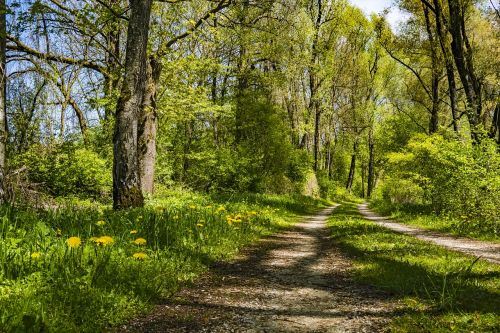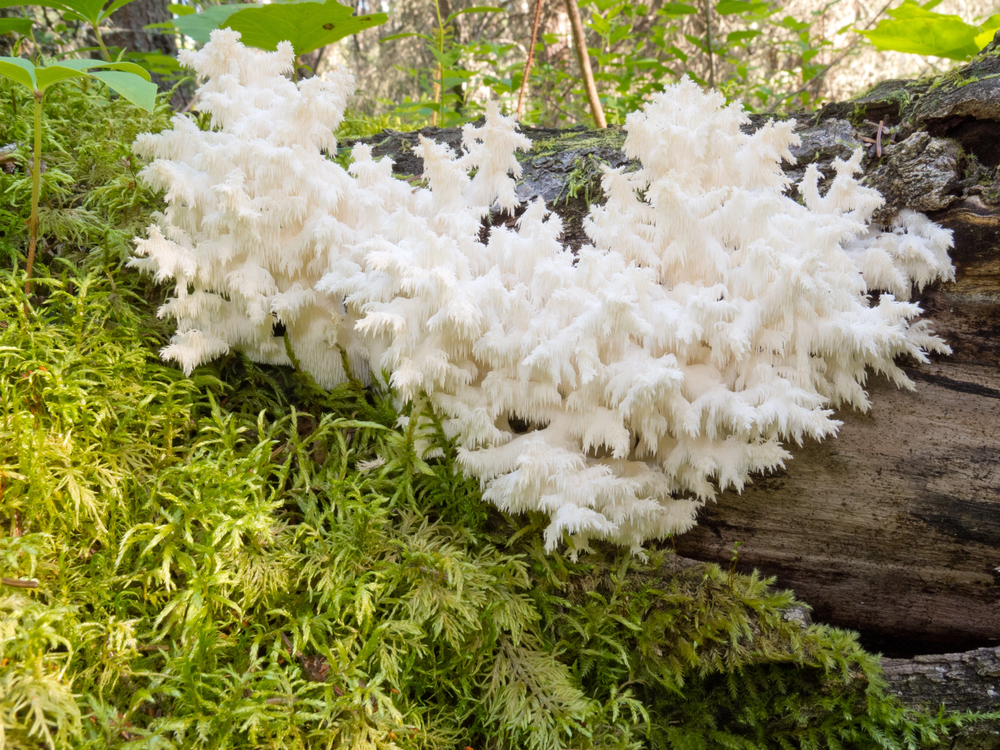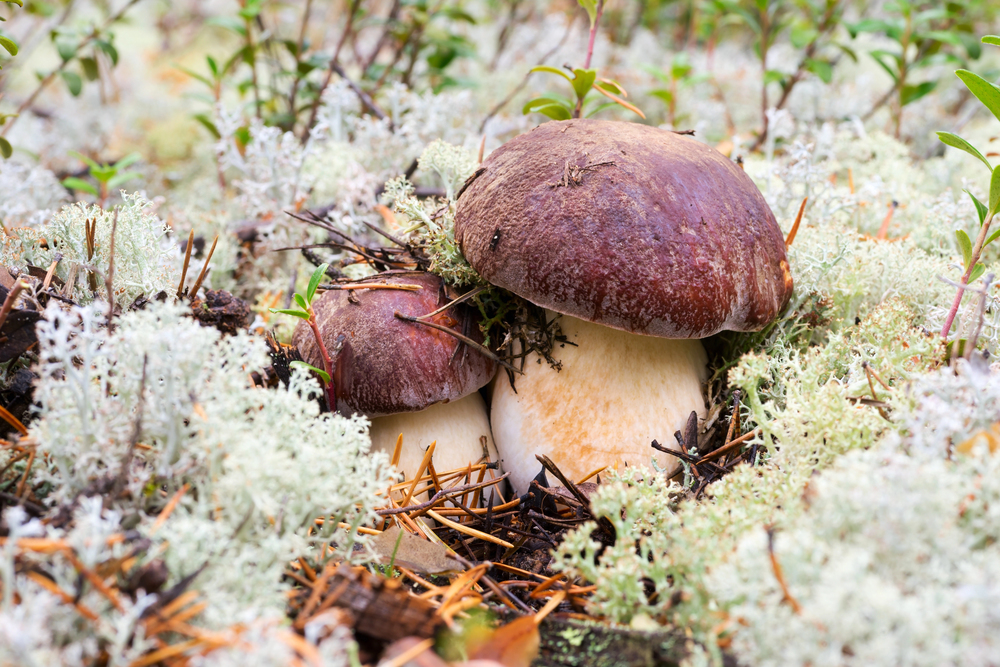Mushroom hunting may seem overwhelming at first, given the variety of species and potential risks involved. However, with the right knowledge and precautions, it can be a rewarding experience.
Picture yourself wandering through the forest, discovering unique fungi hidden among the foliage, each with its own distinct characteristics and flavors.
Before you start your mushroom hunting adventure, let’s go over essential tips and tricks to ensure a successful and safe foraging expedition.
Mushroom Hunting Basics
Starting out with mushroom hunting requires basic knowledge about different types of mushrooms and their identifying features. Understanding the characteristics of edible and toxic mushrooms is crucial for a successful and safe foraging experience.
Familiarize yourself with common mushroom families and key identifying traits like cap shape, gill attachment, spore print color, and overall coloration.
Venturing into the woods with this knowledge will empower you to confidently identify mushrooms and differentiate between varieties. Practice observing mushrooms in their natural habitat to sharpen your hunting skills over time.
Prioritize safety by never consuming a mushroom unless you’re certain of its identification. Embrace the exploration and learning that mushroom hunting offers, while respecting the responsibility it entails. Happy hunting!
Essential Gear and Supplies
To ensure a successful mushroom hunting expedition, having the right gear and supplies is crucial. Equip yourself with foraging tools like a sturdy knife for cutting mushrooms, a basket or mesh bag for collecting them, and a field guide for identification.
Wear appropriate clothing, sturdy footwear, and gloves for protection. Carry a first aid kit, stay hydrated, and inform someone of your plans.
Always exercise caution and avoid consuming any mushroom unless you’re certain of its edibility.
Gear for Beginners
Armed with essential gear, beginners in mushroom hunting can confidently start their foraging adventures.
- A sturdy basket or breathable bag is crucial for collecting mushrooms intact.
- A reliable knife with a cleaning brush is essential for cutting and cleaning mushrooms in the field.
- A small hand rake or trowel helps lift mushrooms growing in the ground.
- Comfortable footwear is a must for long treks in varied terrains.
- Bring a field guide or mushroom identification app to recognize different species.
With these basic gear items, you’re ready to begin your exciting journey into mushroom hunting!
Tools for Identification
To successfully identify mushrooms while out in the field, having the right tools is essential. Here are three items that will help you in your mushroom hunting adventures:
- Mushroom Field Guide: A reliable field guide specific to your region is a must-have. It will provide you with detailed descriptions and images to aid in accurate identification.
- Pocket Knife: Useful for gently digging out mushrooms without causing damage. It can also be handy for cutting through tough stems for a closer look.
- Magnifying Lens: A small magnifying lens can help you examine the intricate details of a mushroom up close, which is often crucial for distinguishing between similar species.
Identifying Safe and Edible Mushrooms
Ensuring your safety while mushroom hunting is crucial. To accurately identify safe and edible mushrooms, remember the golden rule: if you’re unsure, don’t consume it. There are poisonous lookalikes that can be mistaken for edible varieties, so caution is key.
Begin by familiarizing yourself with common edible species in your area, such as chanterelles, morels, or porcini. These mushrooms have distinct features that make them easier to recognize. As you gain experience, expand your knowledge to include a variety of edible mushrooms, each offering unique flavors.
Cooking with wild mushrooms offers endless possibilities, from mushroom risottos to mushroom stews. Just ensure you’re certain of the mushrooms you gather to enjoy the fruits of your foraging. Arm yourself with knowledge, exercise caution, and savor the delights of the edible fungi world.
Safe Mushroom Identification
Make sure to carefully study the key characteristics of edible mushrooms before starting your mushroom hunting journey. For a safe and successful foraging experience, follow these tips:
- Use reliable resources like field guides or apps to help identify edible mushrooms.
- Seek advice from experienced foragers or mycologists to confirm the identification of unfamiliar mushrooms.
- Begin by focusing on a few easily recognizable edible species before expanding your knowledge.
Best Practices for Foraging
When foraging for mushrooms, always prioritize safety.
Use proper identification techniques to differentiate between edible and toxic species for a secure mushroom hunting experience.
Safety in Foraging
Ensuring your safety while foraging for mushrooms is essential. Follow these tips:
- Pack a first aid kit with bandages and antiseptic.
- Be aware of poisonous lookalikes to avoid risks.
- Share your foraging plans with someone for added security.
Proper Identification Techniques
Utilizing field guides and participating in local mycological societies can improve your ability to identify mushrooms while foraging. Beginners should rely on field guide recommendations, while experienced foragers should stay updated with new editions. Spore printing can help confirm species when uncertain. Enhance your skills by taking mycology courses and exploring online resources. Proper identification is essential for a safe foraging experience. Stay curious and continue learning about the diverse world of mushrooms.
| Field Guide Recommendations | Mycology Courses | Online Resources |
|---|---|---|
| Audubon Society Guides | Local Workshops | Mushroom Observer |
| National Audubon Society | Online Classes | iNaturalist |
| Peterson Field Guides | Webinars | Mushroom Expert |
| National Geographic Field Guide | Coursera | Mycological Society Websites |
Additionally, there are excellent books about mushroom hunting that can provide valuable insights and tips for foragers.
Where to Find Mushrooms
To find mushrooms, venture into dense forests or wooded areas with decaying logs and damp soil. These environments provide ideal conditions for various mushroom species. Here are three tips for discovering forest treasures:
- Trust Your Intuition: Let your instincts guide you through the wilderness. Mushrooms can be found in unexpected places, so follow your gut and embrace the freedom of exploring nature without a set destination.
- Stay Curious: Approach each discovery with wonder and excitement, appreciating the beauty and diversity of fungi in the wild. Remember to tread lightly to minimize your environmental impact.
- Embrace the Adventure: Mushroom hunting is about immersing yourself in nature. Enjoy the thrill of the hunt and the satisfaction of uncovering hidden gems in the forest. Let your love for freedom and exploration drive you on this exciting journey.
Safety Precautions and Best Practices
As you start your mushroom hunting journey, prioritize safety to ensure a successful foraging experience. Learn about toxic mushrooms in your area, carry a field guide, and consult experienced foragers. When in doubt, don’t eat a mushroom.
Wear appropriate gear, watch your surroundings for wildlife, and be cautious of slippery terrain. Stay hydrated, bring snacks, and inform someone of your plans. Only pick mushrooms you can identify as safe and avoid harming the ecosystem.
Pack a first aid kit for unexpected weather changes. Follow these practices for a safe and enjoyable mushroom hunting experience.



